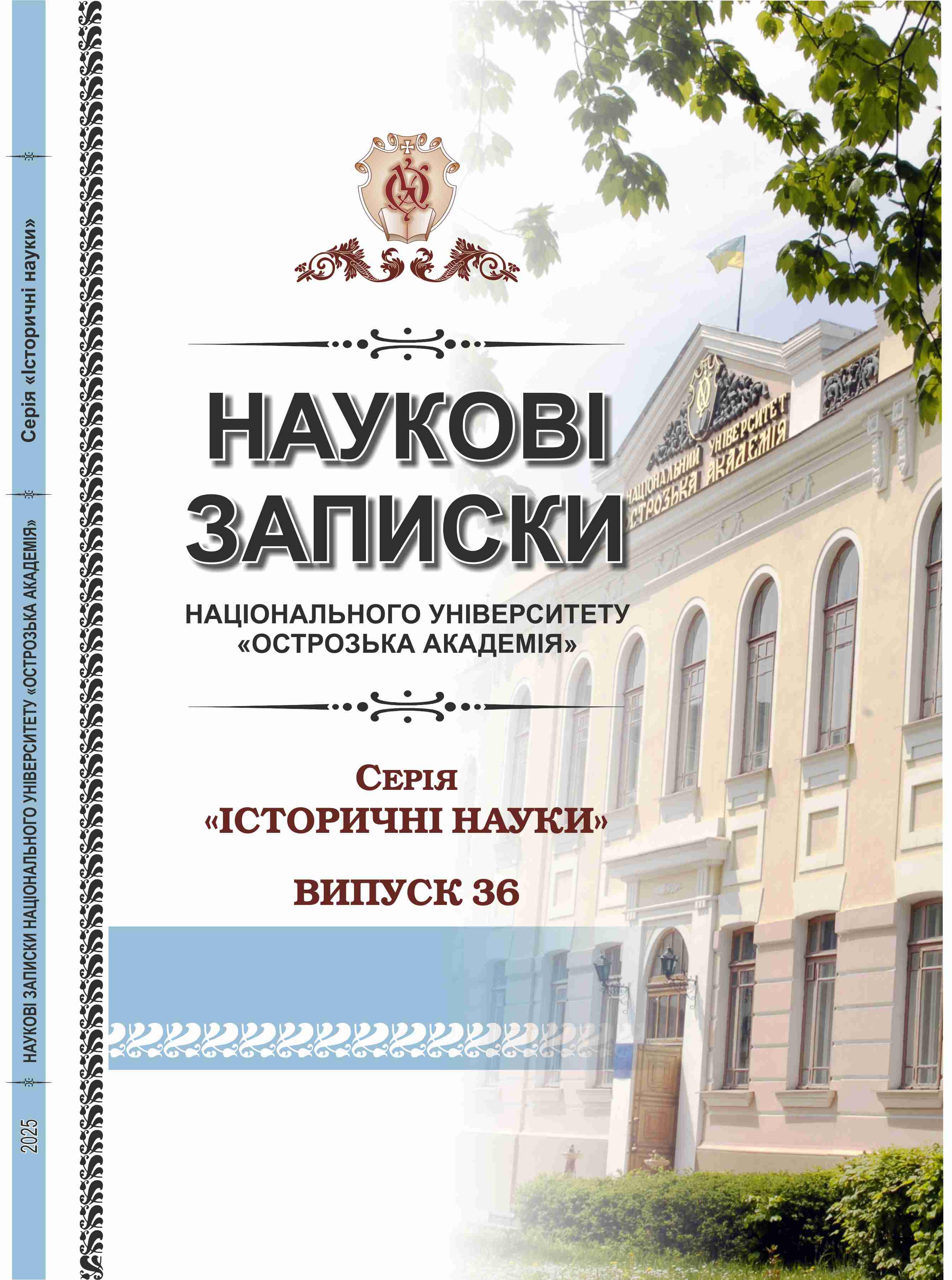THE ATTEMPTS TO ORGANIZE LEGAL TRADE BETWEEN POLAND AND SOVIET UKRAINE ON THE «VOLYN SECTION» OF THE POLISH-SOVIET BORDER, 1921-1924
Keywords:
trade, customs, Second Polish Republic, Soviet Ukraine, Volyn Voivodeship, Polish-Soviet borderAbstract
The article explores the circumstances under which trade relations between Poland and Soviet Ukraine were established in the early 1920s. After the signing of the preliminary peace treaty in October 1920, favorable conditions emerged for the development of trade between Poland and Soviet Russia. Extensive trade along the Polish-Soviet border was supported by both Soviet and Polish authorities, as both countries suffered from shortages of everyday goods. The Polish side was particularly interested in exchanging its goods for gold, silver, and other valuables from Soviet Ukraine and Belarus.
Although the authorities of both countries did not obstruct this spontaneous exchange of goods, from a legal standpoint, such trade was illegal. The issue was particularly acute within the «Volyn section» of the Polish-Soviet border, as its development was driven not only by economic needs but also by geographical factors. The Polish-Soviet border at that time mostly ran through forests, swamps, and sparsely populated areas, which further facilitated smuggling.
On Poland's eastern border, apart from settlements with customs offices where official trade took place, two major centers of border trade emerged: Vilno in the north and Rivne and Lviv in the south. Rivne played a particularly important role due to its proximity to the border. Given these realities, Polish government circles, executive authorities, and local self-government bodies sought to take control of the trade and direct it into a legally regulated framework.

